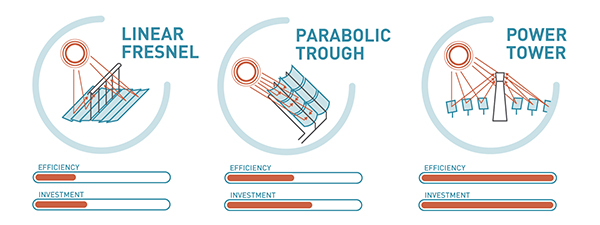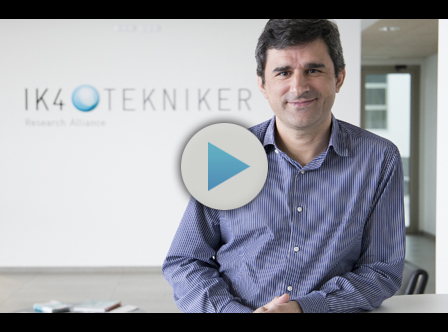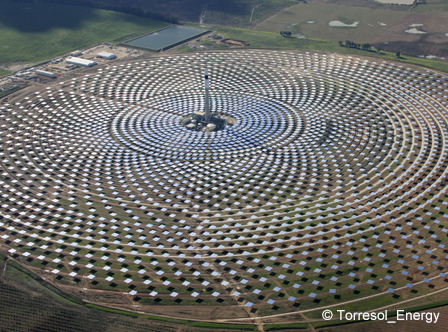THE EXPERT'S VIEW
In 2015, wind and photovoltaic power accounted for nearly 77% of installed power at a worldwide level and both technologies are still on the rise. Hydroelectric power accounted for most of the remaining 23%.
Renewables are nowadays playing a leading role worldwide market thanks to substantial technological cost reductions. The challenge now is to develop storage systems allowing for massive grid integration and further reduce the cost of currently manageable renewables such as thermoelectric solar power.
Although renewables are not only limited to producing electricity because they can also generate heat, this is perhaps the most visible application. Nowadays, it is no longer uncommon to hear remarks like “the price of electricity has been put up due to a lack of wind” or because “the sun hasn’t been shining enough lately”.
It is undeniable that renewables have been successful and that, in a matter of only a few years, they’ve become the most economical option after being rated the most expensive resource in the past. Although merely testimonial in former times, they are currently widespread.
The figures, in fact, speak for themselves. Wind and solar photovoltaic are growing in terms of installed power. In 2015, they accounted for nearly 77% of new facilities worldwide, whilst hydroelectric power dominated in the remaining 23% of them. This development has been made possible by cost reductions directly associated with these technologies that can produce electricity at a (€/kWh) cost lower than practically all other conventional systems.
But what will be the main challenge in the future? Manageability, without a doubt. If renewable electricity cannot be stored at a reasonable cost, its degree of penetration will be limited and it will be hard to achieve a 100% renewable electricity system. As it is unfeasible to store this electricity directly, it must be converted into mechanical power (water pumping, inertia flywheels…), chemical power (batteries, fuels…) or electromagnetic power (super capacitors) in order transform it at a later stage. Nowadays, and with the single exception of hydroelectric pumping stations, there is no cost-effective system available for this purpose.
Industrial efforts are mainly focused on developing batteries that, in a matter of only a few years, will deliver competitive costs and give rise to increasingly bigger markets. Amongst other alternatives, perhaps the most advanced option is related to redox batteries that are already in operation at several sizeable facilities.
As regards enabling electrical power storage, IK4-TEKNIKER has developed several generations of in-house kinetic storage know-how for mass storage using redox batteries that already boast many hours of operations and testing.
Thermoelectric solar power, on the other hand, is another form of renewable and manageable electrical power that must be taken into consideration. Although installed power only stands at 5 GW, costs are becoming increasingly competitive (in eight years, they have dropped from approximately 30 €/kWh to something in the region of 10 €/kWh). The major advantage of these power stations, and something that gives them a very unique character, is the fact that they also provide thermal storage, a system that allows a plant to operate for hours regardless of whether it is a sunny day. They heat fluids to high temperatures to produce and turbinate steam. The resulting heat can be accumulated in an efficient and cost-effective manner for hours when it’s sunniest to produce steam at a different point in time. The value of this energy, therefore, is far superior to the power produced by wind or photovoltaic farms and offers new growth prospects.

IK4-TEKNIKER has accumulated over three decades of technological development applied to renewables. As regards the last fifteen years, special mention must be made of developments in fields such as equipment design and control, advanced coatings, industrial fluids or inspection and maintenance systems that have resulted in far more efficient components, procedures and systems.
Currently, the technology centre is leading and participating in a large number of projects focused on these areas, some of which are within the context of the Horizon 2020 programme such as MOSAIC (Modular high concentration solar configuration), CAPTURE (Competitive solar power towers) or WASCOP (Water saving for solar concentrated power).





